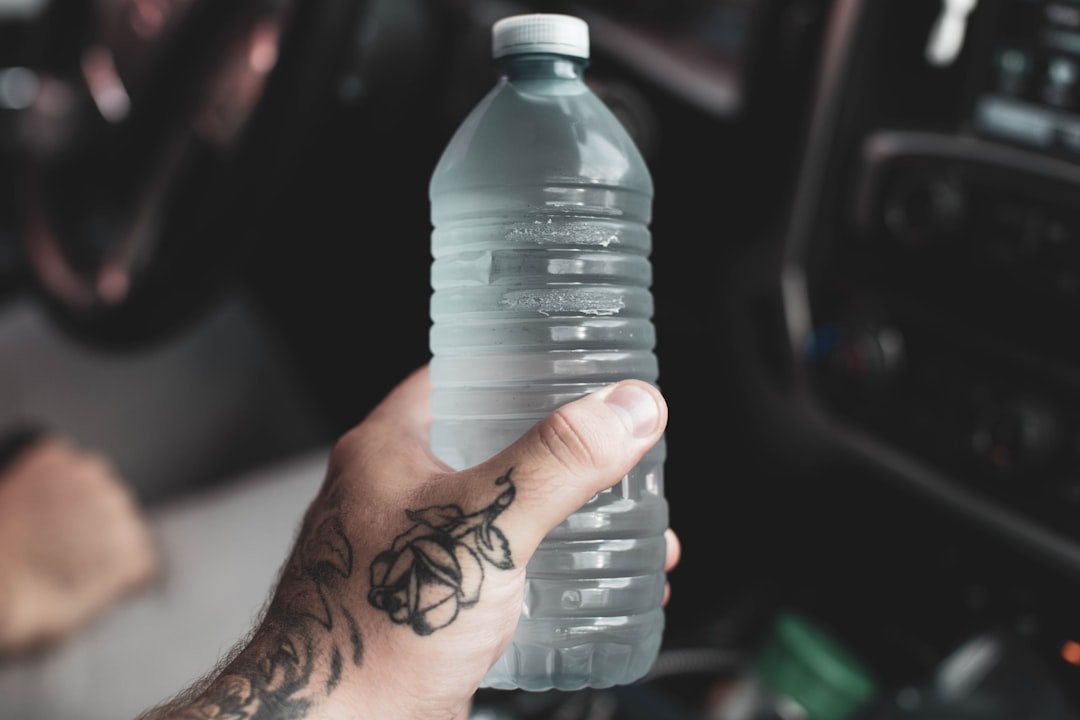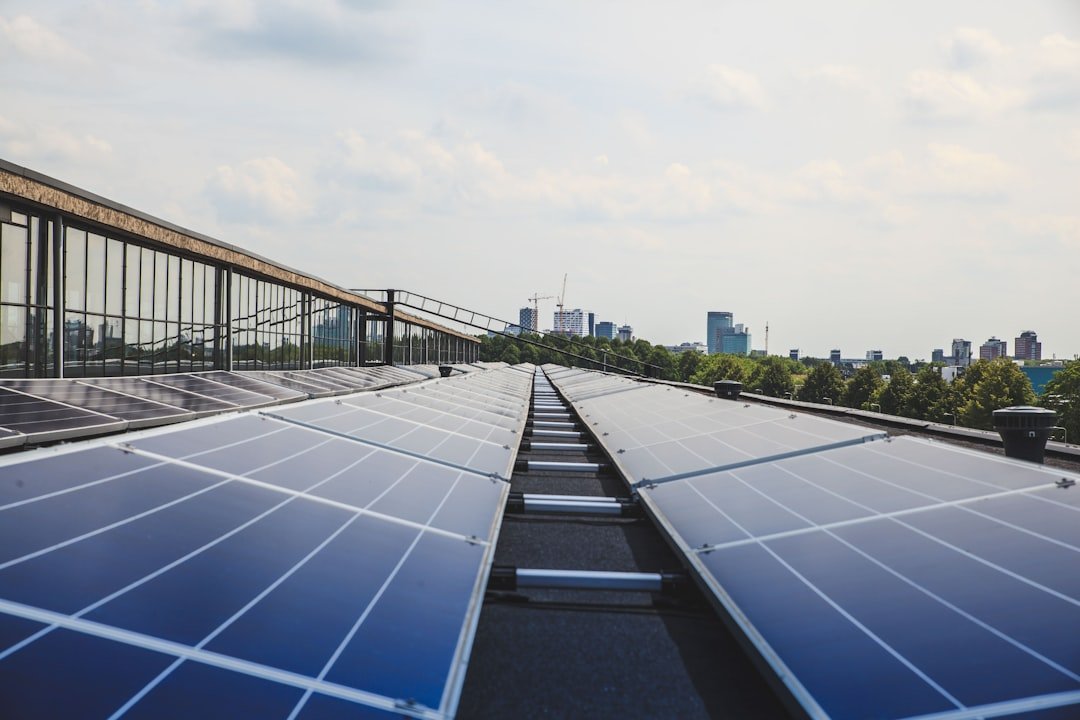Researchers and environmentalists have been looking for creative ways to manage plastic waste in recent years due to the growing problem. One promising solution is microwave pyrolysis. Microwave pyrolysis is one of the many techniques being investigated that has shown promise in providing a sustainable means of turning waste plastic into useful resources. The dual problems of waste disposal and resource recovery are addressed by this process, which breaks down organic materials—including plastics—into simpler compounds using microwave energy.
Key Takeaways
- Microwave pyrolysis is a process that uses microwave radiation to break down plastic waste into useful products.
- The process of microwave pyrolysis involves heating the plastic waste in the absence of oxygen, leading to the decomposition of the material into gases, liquids, and solids.
- Advantages of microwave pyrolysis for plastic waste include faster reaction rates, higher product yields, and lower energy consumption compared to traditional pyrolysis methods.
- Challenges and limitations of microwave pyrolysis include the need for specialized equipment, potential emissions of harmful gases, and the requirement for careful control of operating conditions.
- Applications of microwave pyrolysis in plastic waste management include the production of valuable chemicals, fuels, and energy recovery from the pyrolysis products.
Because of its effectiveness and efficiency in degrading complex polymers present in plastics, microwave pyrolysis stands out. In contrast to conventional pyrolysis techniques that depend on outside heat sources, microwave pyrolysis uses electromagnetic radiation to heat the material directly. This speeds up the breakdown process and improves the final products’ quality. Developing efficient waste management strategies requires an understanding of microwave pyrolysis as the world struggles with the environmental effects of plastic pollution. The efficiency of the microwave pyrolysis process in turning waste plastic into valuable byproducts is attributed to a number of crucial steps.
To ensure consistent heating throughout the pyrolysis phase, the plastic waste is first gathered and pre-processed to eliminate impurities & decrease particle size. After being prepared, the material is exposed to microwave radiation in a microwave reactor. The molecules in the plastic are excited by this radiation, which causes them to vibrate and produce heat internally. Plastic breaks down into smaller hydrocarbons as a result of thermal decomposition, which occurs when the temperature rises, usually between 300°C and 600°C.
Solid residues may include char that is rich in carbon, while the gaseous products produced during this phase can be further condensed into liquid fuels or oils. To avoid combustion and enable a more controlled reaction that optimizes yield and reduces hazardous emissions, the entire process is carried out in an oxygen-free atmosphere. Microwave pyrolysis can be used with a variety of plastics, such as polyethylene, polypropylene, & polystyrene, due to its adaptability. Energy efficiency is one of the main benefits of microwave pyrolysis. Conventional pyrolysis techniques frequently need a lot of energy to heat the reactor & keep the temperature high. On the other hand, microwave pyrolysis uses less energy and has lower operating costs because it heats the plastic waste directly.
| Metrics | Data |
|---|---|
| Plastic Waste Processed | 1000 kg/hour |
| Pyrolysis Temperature | 400-500°C |
| Pyrolysis Time | 30-60 minutes |
| Oil Yield | 70-75% |
| Gas Yield | 10-15% |
| Char Yield | 10-15% |
In addition to making the process financially feasible, this efficiency helps to reduce the carbon footprint. Also, the high-quality final products produced by microwave pyrolysis can be applied to a variety of tasks. The liquid fuels produced by this process can be used as fossil fuel substitutes, & the solid char can be applied as a soil amendment in agriculture or as a source of carbon in other industrial processes.
Moreover, the capacity to target particular plastic types selectively enables customized processing, improving the overall efficacy of waste management plans. Because of its versatility, microwave pyrolysis is a major contender in the search for environmentally friendly ways to deal with plastic waste. Microwave pyrolysis has many benefits, but it also has drawbacks & restrictions. The technology’s capacity to scale is a major obstacle. Although experiments conducted in laboratories have shown encouraging outcomes, there are technical challenges when scaling up the procedure for industrial applications. More research and development are needed to address the critical issue of ensuring consistent product quality and uniform heating across higher volumes of plastic waste.
A further difficulty is the variety of plastic waste. Plastics have different compositions and shapes, & each one has special qualities that can influence how it behaves when pyrolyzed. Metals and non-plastic materials are examples of contaminants that can disrupt the process and result in lower yields or unwanted byproducts. To optimize microwave pyrolysis and guarantee its feasibility as a widely used solution for plastic waste management, it is imperative to develop efficient pre-treatment techniques to address these problems.
Microwave pyrolysis has been used in a number of plastic waste management-related fields. Municipal solid waste treatment facilities are one prominent application, where it can be successfully integrated into current waste management systems to process plastic waste. These facilities can generate income from recovered resources and lessen their reliance on landfills by turning plastics into valuable chemicals or fuels. Also, the use of on-site microwave pyrolysis technologies can be advantageous for sectors like manufacturing and packaging that produce large volumes of plastic waste.
This makes it possible to process waste right away and encourages a circular economy by turning waste into useful materials. Also, research organizations are investigating microwave pyrolysis’s potential for creating new materials from recycled plastics, thereby broadening its uses in the creation of sustainable products. When assessing microwave pyrolysis’s viability as a plastic waste management solution, the process’s effects on the environment are crucial. Microwave pyrolysis provides a cleaner option with substantially lower emissions than conventional incineration techniques, which discharge dangerous pollutants into the atmosphere. The process is a more environmentally friendly way to manage plastic waste because of its controlled environment, which reduces the production of harmful byproducts.
Also, microwave pyrolysis helps to conserve resources and lessen reliance on fossil fuels by turning waste plastic into useful resources like chemicals & fuels. Another chance to reduce greenhouse gas emissions is the possibility of carbon capture through the production of solid char. To guarantee that widespread adoption of microwave pyrolysis is in line with sustainability objectives and to completely comprehend the long-term environmental effects of this practice, more research is required. With new developments in technology, microwave pyrolysis’s potential for recycling plastic waste seems bright. Researchers are constantly looking for new reactor design and optimization strategies to improve the process’s scalability and efficiency. Increased investment in microwave pyrolysis technologies is anticipated as more industries come to understand the value of sustainable practices.
Also, cooperation between government, business, and academia will be essential to the development of microwave pyrolysis as a widely accepted method of managing plastic waste. Stakeholders can collaborate to address current issues and create best practices for implementation by establishing alliances and exchanging knowledge. Demand for efficient waste management techniques that support environmental sustainability objectives, such as microwave pyrolysis, will increase as public awareness of plastic pollution rises. To sum up, microwave pyrolysis offers a workable way to deal with the urgent problem of managing plastic waste.
It is positioned as a crucial technology in the pursuit of environmentally friendly waste management techniques due to its energy efficiency, capacity to generate high-quality final products, & possible advantages. However, ongoing research and innovation are needed to address issues with feedstock diversity and scalability. Stakeholders are urged to fund research projects targeted at streamlining the procedure and creating efficient pre-treatment techniques for various plastic waste streams in order to fully realize the potential of microwave pyrolysis. Moreover, encouraging cooperation between regulatory agencies and industry participants will be crucial to developing laws that encourage the use of this technology. Society can significantly reduce plastic pollution and advance a circular economy by adopting microwave pyrolysis as part of an all-encompassing strategy for managing plastic waste.



